While Alfa Romeo might be increasingly turning its attention to attention to electrified models, petrol-powered cars are still soldiering on, and still offer ‘big potential’ according to the firm’s UK boss Julie Davies.
In fact, Alfa Romeo expects these versions to continue to grow until they have to be phased out, acknowledging that there’s a large chunk of buyers yet to be convinced by hybrids or EVs.
That leads us to the Giulia – a compact saloon car that first arrived in 2016 and continues to look as stunning as it did all those years ago when it was first shown.
What’s new?
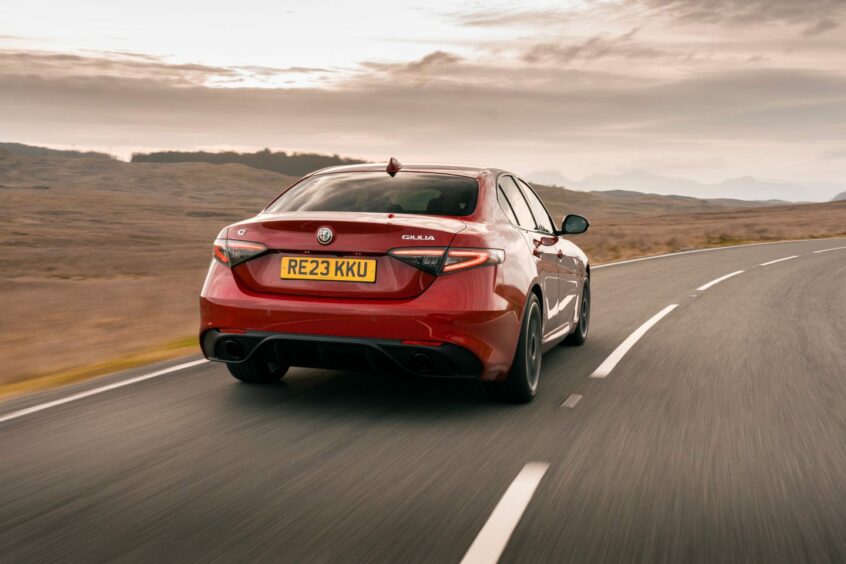
Alfa Romeo last updated the Giulia a couple of years ago, when it gained new driver assistance features and quality improvements. This latest update is certainly on the small side, with the firm making minor tweaks to bring it in line with the firm’s new Tonale.
These include its smart ‘3+3’ headlight design, now featuring Matrix LED technology, along with a new digital instrument cluster to help modernise the cabin. In true Alfa Romeo fashion, there’s a new special edition to mark the occasion as well.
Under the bonnet
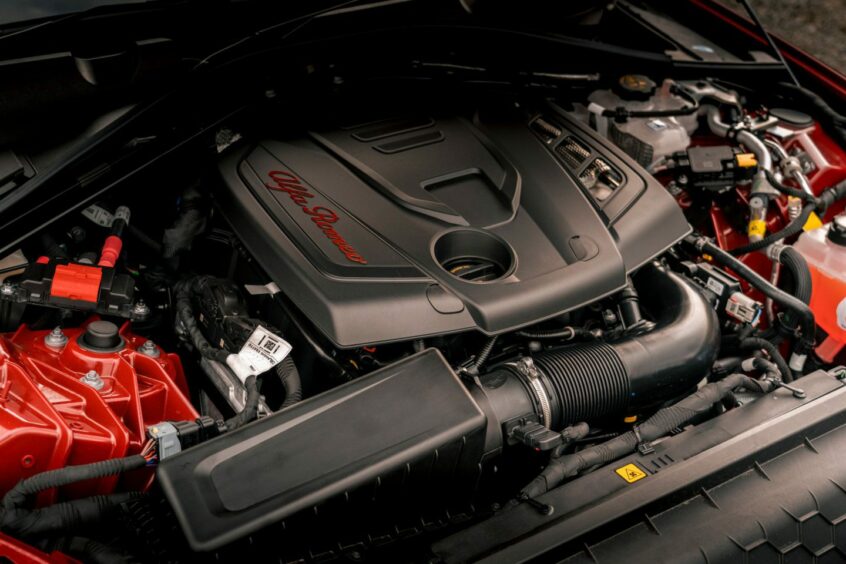
Alfa Romeo ditched diesel in its Giulia as part of the last update, and there’s no kind of electrification here – rather just standard petrol units.
The entry-level 200bhp version has now been axed too, with the only option (outside of the sporty Quadrifooglio model) being a turbocharged 2.0-litre unit, developing 276bhp and 400Nm of torque. Drive is delivered to the rear wheels through an eight-speed automatic gearbox too.
Accelerating from 0-60mph takes just 5.5 seconds, with the Giulia able to keep going on to 149mph. Efficiency-wise, Alfa Romeo claims 38.2mpg and 167g/km in the case of our Veloce test car.
Driving
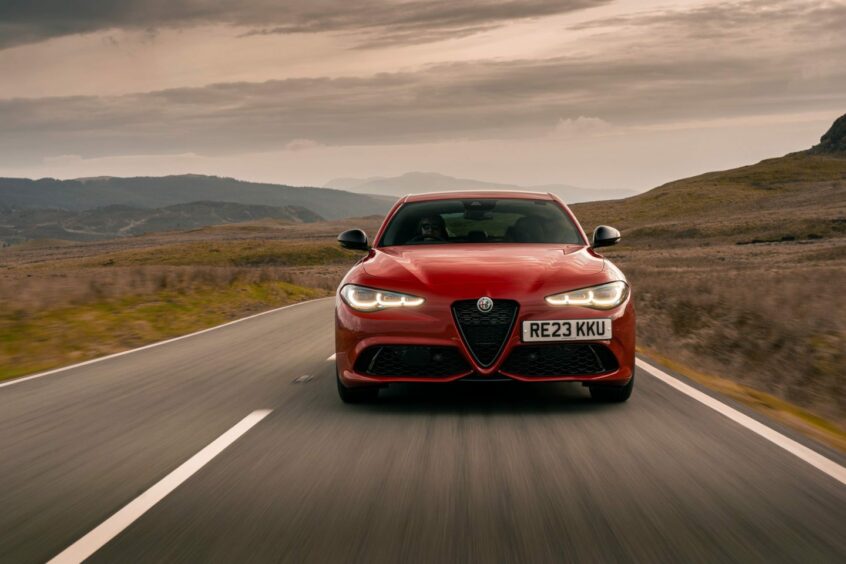
There’s no other way of describing the way the Giulia describes other than exceptional. It’s one of the best ‘normal’ cars behind the wheel, with its wonderfully agile handling and perfectly-weighted steering equating to a hugely enjoyable rewarding experience.
The 2.0-litre engine, though perhaps lacking slightly in the sound department, serves up more than enough performance, while the ZF-sourced transmission delivers especially slick gearchanges. It’s improved further if you flick the car into manual mode and can take charge with the large metal paddles mounted to the side of the steering wheel.
While the ride might be a touch firmer than more softly-sprung rivals like the Audi A4, if you want a more enjoyable driving experience, it’s a tiny penalty worth paying for.
Looks

It’s a sign of just what a great piece of design the Giulia was when it was new that seven years later it still looks remarkably fresh and modern. The trademark Alfa Romeo grille makes it immediately recognisable, while the addition of its new LED headlights, with a signature inspired by those of past Alfa Romeo models, gives it a fresher design than its predecessor.
Other small changes made to the Giulia include new lower grilles that have been reshaped and feature a new pattern, while there are new smoked LED lights at the rear too. All these changes just reaffirm what a great-looking car the Giulia is.
Inside
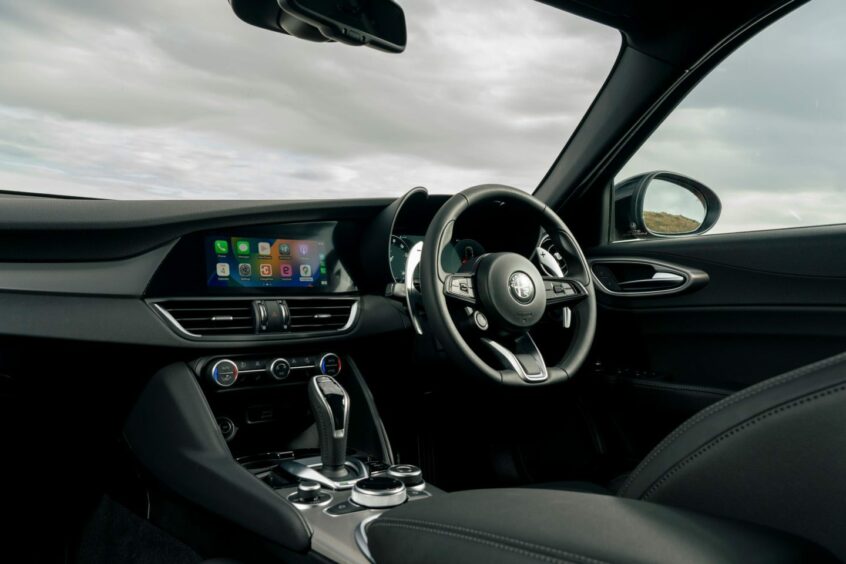
The only real change to the Giulia’s interior is the addition of a new 12.3-inch digital instrument cluster, and it’s roughly the same as that in the Tonale. It’s not quite up to the same standard as those used in BMW and Audi rivals, but certainly modernises the cabin, and can be configured to display ‘old style’ dials of past Alfa Romeos. The touchscreen itself is starting to show its age, though, and is quite awkward to use because of its position in the dashboard.
It’s not the roomiest cabin, however, and rear seat space is quite tight for adults. An Audi A4 and BMW 3 Series are better options in this respect.
Spec

The Giulia line-up includes two main trim levels – Sprint and Veloce – while a special-edition Competizione model is also available.
Even the Sprint is packed with equipment, though, including 18-inch alloy wheels, wireless smartphone charging, Matrix LED headlights and keyless entry. The Veloce brings stylish changes like 19-inch alloy wheels and gloss black detailing, while electric and heated sports seats are also included. The Competizione then brings a Harman Kardon sound system, red b brake callipers and adaptive suspension.
Prices for the Giulia start from £43,259 for the Sprint, rising to £52,259 for the top-spec Competizione. This Alfa is no longer cheap, that is for sure.
Verdict
The Giulia is one of those true ‘buy it while you can’ cars. As we head into an electric age, manufacturers will really struggle to make a saloon car as engaging, well-balanced and generally fun to drive as this Alfa Romeo.
It might not be at the front of the pack when it comes to space or value, but if you value style and driving experience above all else, nothing can get remotely close to this Alfa Romeo.
The Facts
Model: Alfa Romeo Giulia
Price: £48,109
0-60mph: 5.5 seconds
Top speed: 149mph
Economy: 38.2mpg
Emissions: 167g/km
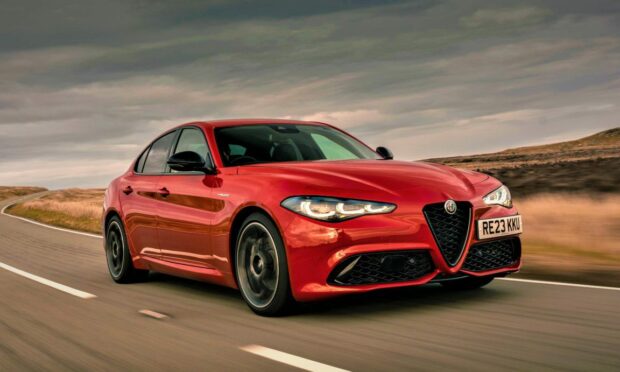
Conversation